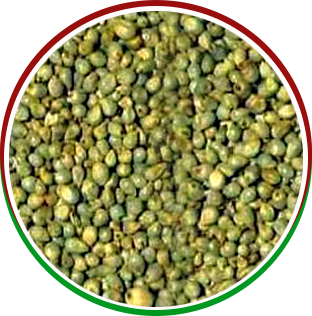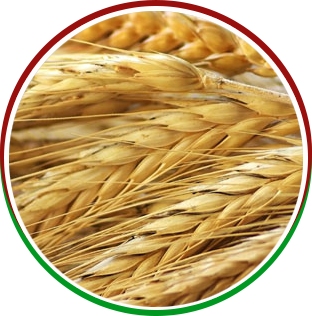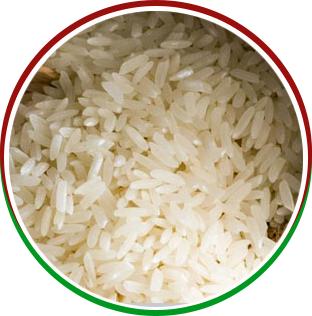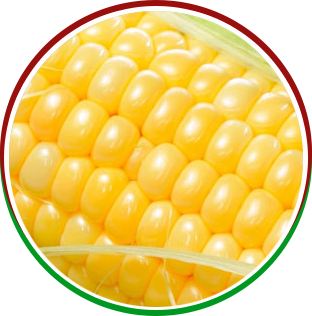Green Millet
Millet is one of the oldest foods known to humans and possibly the first cereal grain to be used for domestic purposes. It is mentioned in the Bible, and was used during those times to make bread. Millet has been used in Africa and India as a staple food for thousands of years and it was grown as early as 2700 BC in China where it was the prevalent grain before rice became the dominant staple. It is documented that the plant was also grown by the lake dwellers of Switzerland during the Stone Age.
Millet is used in various cultures in many diverse ways: The Hunza’s use millet as a cereal, in soups, and for making a dense, whole grain bread called chapatti. In India flat thin cakes called roti are often made from millet flour and used as the basis for meals.
Millet was introduced to the U.S. in 1875, was grown and consumed by the early colonists like corn, then fell into obscurity. At the present time the grain is widely known in the U.S. and other Western countries mainly as bird and cattle feed. Only in recent years has it begun to make a comeback and is now becoming a more commonly consumed grain in the Western part of the world.
Millet is superior feed for poultry, swine, fish, and livestock and, as it is being proven, for humans as well.
Variety
There are many varieties of millet, but the four major types are Pearl, which comprises 40% of the world production, Foxtail, Proso, and Finger Millet. Pearl Millet produces the largest seeds and is the variety most commonly used for human consumption.
The seeds are enclosed in colored hulls, with color depending on variety, and the seed heads themselves are held above the grassy plant on a spike like panicle 6 to 14 inches long and are extremely attractive. Because of a remarkably hard, indigestible hull, this grain must be hulled before it can be used for human consumption. Hulling does not affect the nutrient value, as the germ stays intact through this process.









